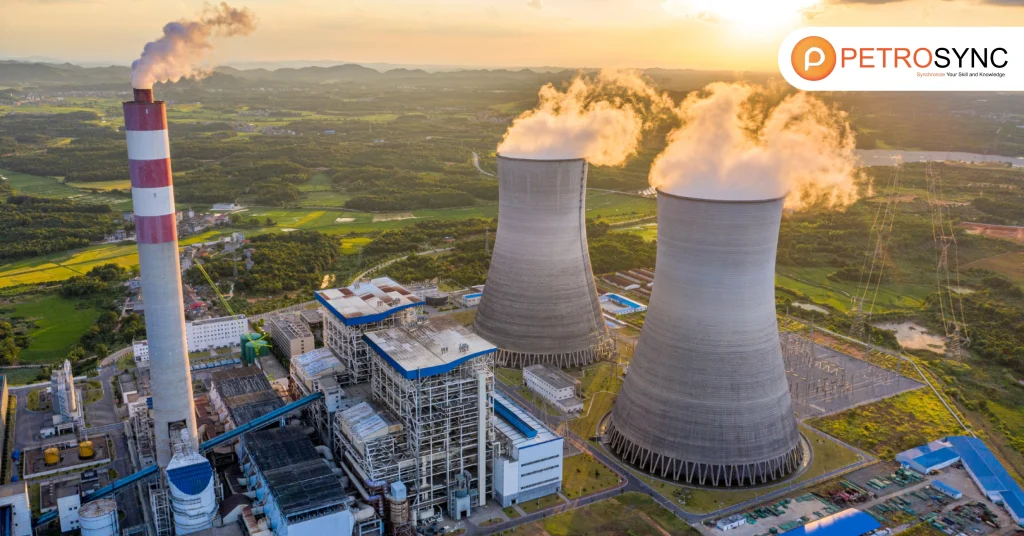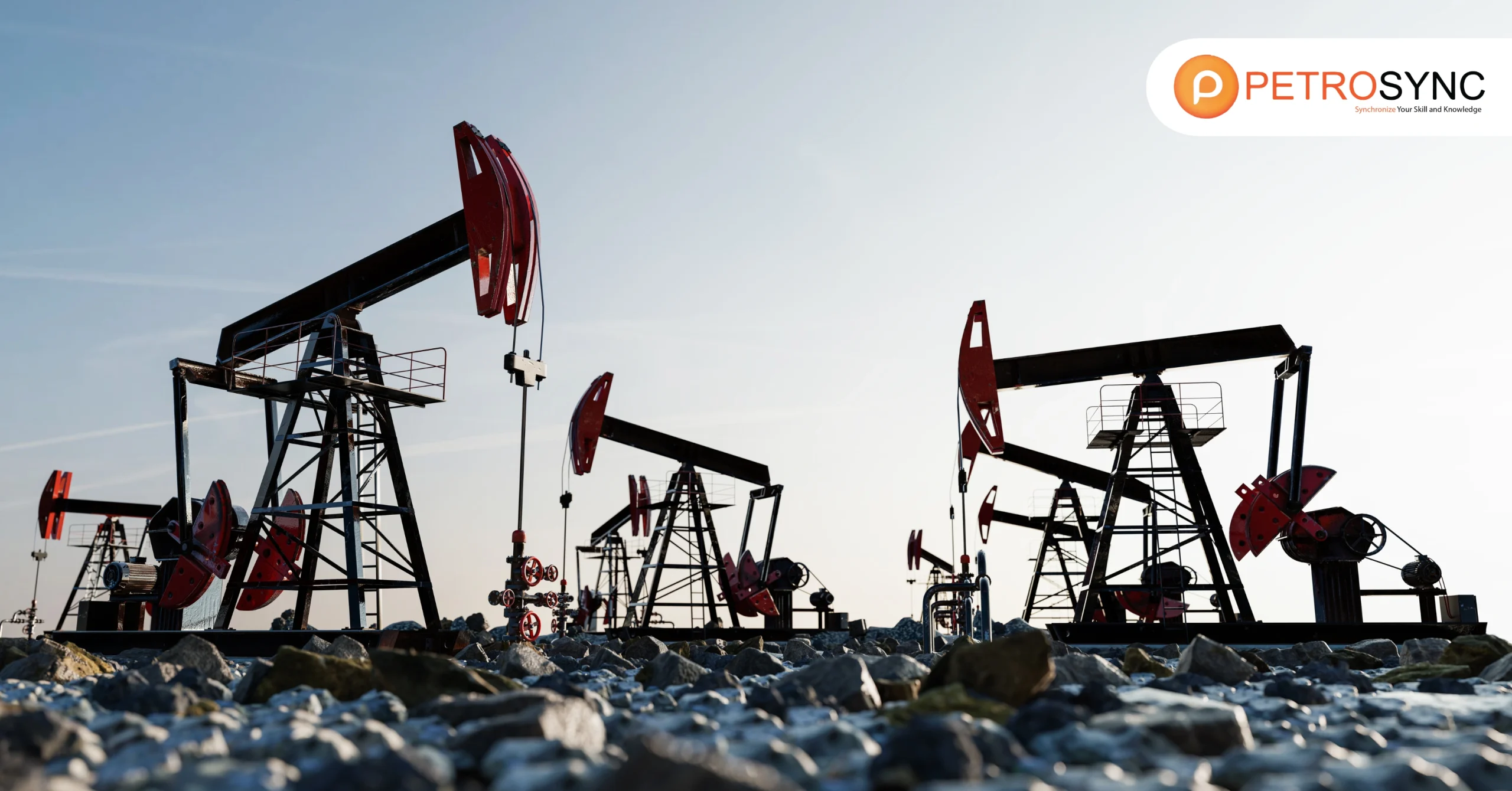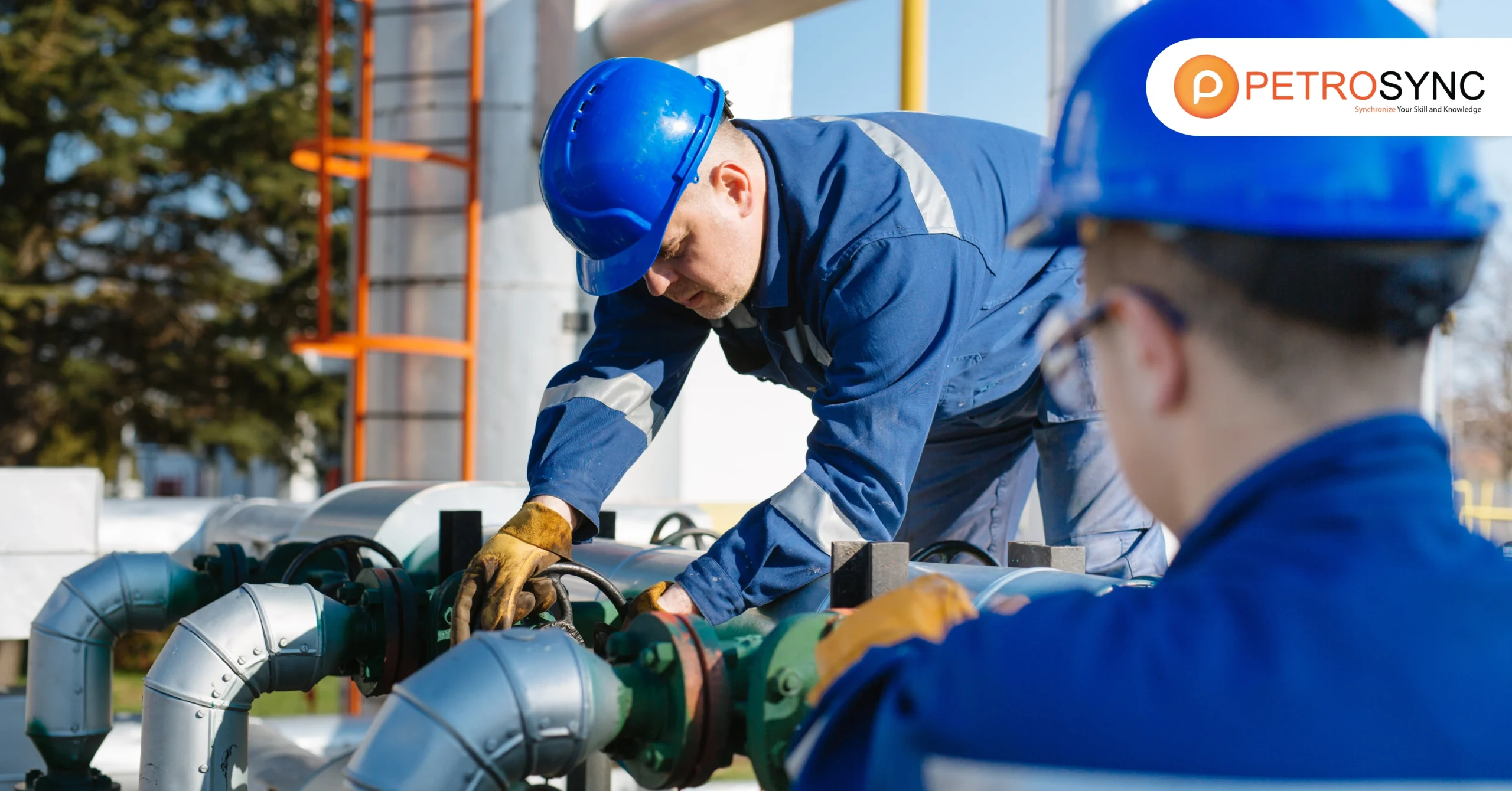In our fast changing world, energy is vital to all advancement, from illuminating our houses to propelling industries and innovations forward. Understanding the concept of a “power plant” is critical for comprehending how energy is harnessed and distributed to satisfy the world’s increasing demands.
A power plant is a structure that creates and converts energy into electricity, which is subsequently transmitted to individual houses, businesses, and large cities. In this essay, we will go over all there is to know about power plants, from the fundamental concept to the various types and their importance in current energy infrastructure.
Whether you’re a curious person or want to work in the energy industry, this book will provide you a solid understanding of what power plants are and why they’re so crucial in today’s society.
What Is A Power Plant?

A power plant is a facility that converts various forms of energy into electricity. The most common type of power plant uses fossil fuels such as coal, natural gas, or oil to turn turbines. These turbines generate mechanical energy, which then turns into generators to produce electricity.
In addition to fossil-fuel-based plants, there are also geothermal power plants, which use the Earth’s natural heat to create steam and drive turbines. Regardless of the energy source, all power plants use the same basic mechanism for transforming energy into electricity.
Power plant controllers monitor and ensure that turbines, generators, and other important components run smoothly. These power plants are critical to sustaining a consistent and dependable supply of electricity.
What Is The Benefit of Power Plants?
Power plants are essential to modern infrastructure and provide several significant benefits, including:
-
Energy Security:
Power plants ensure that there is a consistent and reliable supply of electricity, which is critical for both residential and industrial purposes. Without them, modern economies would grind to a halt.
-
Economic Growth:
The availability of electricity supports economic growth by allowing industries to operate efficiently and allowing for technological and infrastructure advancements. Power plants, particularly in developing nations, can stimulate industrial expansion and employment creation.
-
Technological Advancement:
Power plants are typically at the forefront of energy-related technology developments. The shift to cleaner, more efficient energy sources, such as renewable energy plants, is driving innovation in energy storage, transmission, and production.
-
Environmental Sustainability:
While traditional power plants have come under fire for their environmental impact, modern technologies are making power generation more sustainable. Renewable energy power plants significantly reduce carbon footprints, contributing to global climate goals and promoting a healthier planet.
-
Grid Stability:
Power plants are critical to ensuring grid stability by balancing supply and demand. In an increasingly digital age where dependability is essential, power plants help to prevent blackouts and other disturbances that could cause economic and social unrest.
Finally, power plants are critical components of the energy ecosystem, delivering the power needed to fuel global economies, modern lifestyles, and technological innovation. As the energy landscape evolves, the emphasis will most likely shift to more sustainable and efficient power plant designs that balance energy demands and environmental obligations.
What Are The Most Common Types of Power Plants?
There are six most common types of power plants existed in today’s world:
1. Fossil Fuel Power Plant
Fossil fuel power plants predominantly use coal, natural gas, or oil as fuel sources. These plants operate by burning fossil fuels to produce heat, which converts water into steam. The steam then drives turbines connected to generators, producing electricity.
While these plants are reliable and can generate a substantial amount of energy, their drawbacks include environmental concerns due to emissions of pollutants and greenhouse gases. Additionally, the reliance on finite fossil fuel resources raises issues related to sustainability.
2. Hydroelectric Power Plant
Hydroelectric power plants leverage the kinetic energy of flowing water to generate electricity. Typically, a dam is constructed to create a reservoir, and the controlled release of water from the reservoir flows through turbines, producing electrical power.
One significant benefit is that hydroelectric power is renewable, emitting minimal greenhouse gases during operation. However, drawbacks involve the environmental impact of altering river ecosystems, the potential displacement of communities, and the initial high construction costs.
3. Solar Thermal Power Plant
Solar thermal power plants focus sunlight using mirrors or lenses onto a small area, creating high temperatures. This heat is then used to generate steam, which powers turbines connected to generators.
The advantages of solar thermal power include its sustainability, reduced greenhouse gas emissions, and the abundance of sunlight. Drawbacks encompass the intermittent nature of sunlight, requiring energy storage solutions, and the initial high capital costs for construction.
4. Nuclear Power Plant
Nuclear power plants generate electricity through nuclear reactions, typically involving uranium isotopes. The heat produced by these reactions is used to generate steam, driving turbines.
Nuclear power offers a high energy density, low greenhouse gas emissions during operation, and continuous energy production. However, challenges include the management and disposal of nuclear waste, safety concerns associated with potential accidents or meltdowns, and public apprehension regarding radiation.
5. Geothermal Power Plant
Geothermal power plants harness the Earth’s internal heat from subsurface reservoirs of steam or hot water. This heat is used to produce steam, which drives turbines connected to generators.
Geothermal power is considered reliable, sustainable, and emits low greenhouse gases. Drawbacks include location-specific feasibility, the potential for subsurface resource depletion, and the release of trace gases during operation.
6. Wind Power Towers
Wind farms, also referred to as wind power plants, harness wind’s kinetic energy. Turbines with blades convert this energy into mechanical energy, later generating electricity. The benefits include renewable and sustainable energy production with low operating costs. Challenges involve the intermittent nature of wind, requiring energy storage solutions, as well as potential visual and noise impacts on the surrounding environment.
How Does A Power Plant Operate?
Power plants, diverse in their energy sources, come together in a structured process aimed at transforming raw energy into the electrical power that lights up our homes and fuels our modern lives.
1. Fuel Combustion or Energy Source Activation
Power plants initiate electricity generation by activating their energy sources. In fossil fuel plants, this involves burning coal or natural gas, while nuclear plants trigger controlled nuclear reactions. Renewable sources like sunlight or wind provide energy directly without combustion.
2. Heat Generation
Following activation, the primary goal in fossil fuel or nuclear plants is to produce heat. In fossil fuel plants, burning releases energy, and in nuclear plants, controlled reactions generate heat. Renewable sources, such as solar or wind, harness energy without combustion.
3. Boiler or Steam Generator
The generated heat is then employed to produce steam in a boiler or steam generator. This steam serves as a crucial intermediary in the power generation process.
4. Steam Turbine
High-pressure steam flows through a turbine, causing its blades to spin. This rotary motion is essential, converting the mechanical energy from the spinning turbine into the next stage of the power generation process.
5. Generator
The spinning turbine is connected to a generator, consisting of a coil and a magnet. As the turbine turns the coil within a magnetic field, it induces the flow of electric current, a key step in converting mechanical energy into electrical energy.
6. Transmission of Electricity
The generated electricity is transmitted through power lines, often over long distances, to reach homes, businesses, and industries. Transformers may adjust voltage levels for efficient transmission.
7. Distribution
Local distribution networks then carry the electricity to end-users. Substations along the way may further adjust the voltage to meet specific needs and ensure a reliable power supply.
8. Consumption
Finally, electricity reaches homes and businesses, ready for consumption in various appliances, lighting, and machinery. This marks the endpoint of the power generation process, where the energy produced by power plants supports our daily activities and technological advancements.
What Are The Types of Power Plants According to Their Duty?
According to its duty, power plant is classified into three types:
1. Base Load Power Plants
Base load power plants operate continuously to provide a steady and constant output of electricity, meeting the minimum demand on the power grid. Typically fueled by coal, nuclear, or hydroelectric sources, these plants offer efficiency and stable power generation. The drawback is that they are less adaptable to changes in electricity demand, making them less suitable for responding to fluctuations.
2. Peaking Power Plants
Peaking power plants are designed to meet the sudden and short-term spikes in electricity demand. These plants can quickly ramp up or down and often use natural gas as a fuel source due to its rapid response capabilities. The advantage lies in their flexibility to respond to peak demand periods, but drawbacks include higher operating costs per unit of energy and lower overall efficiency compared to base load plants.
3. Load Following Power Plants
Load-following power plants, also known as intermediate or cycling plants, adjust their electricity output to match variations in demand. These plants, often using natural gas or hydropower, strike a balance between the stability of base load plants and the flexibility of peaking plants. The benefit is their ability to adapt to changing demand patterns.
But drawbacks include increased wear and tear due to frequent cycling and higher operational costs compared to base load plants. Understanding the different types of power plants based on their duty is crucial for optimizing the overall efficiency and reliability of the power grid. In conclusion, power plants serve as the backbone of our modern world.
Providing the essential electricity needed to fuel our daily lives. From base load power plants ensuring a stable supply to peaking power plants meeting sudden demand spikes and load-following power plants adapting to changing consumption patterns, each type plays a crucial role in maintaining a reliable and resilient power grid.
Despite the diversity in their sources and functions, power plants collectively contribute to meeting the energy needs of societies globally. The continuous evolution of power plant technologies strives to enhance efficiency, reduce environmental impact, and promote sustainability. As our reliance on electricity grows.
The significance of power plants becomes increasingly evident, driving innovation to create more efficient, cleaner, and adaptable systems. With ongoing efforts to diversify energy sources and implement advanced technologies, power plants remain pivotal in shaping a sustainable and energy-secure future for our interconnected world.
What Is The Best Type of Power Plant?
Which is the best form of power plant? There is no simple solution that works for everyone. Location, energy needs, environmental concerns, and accessible resources all influence the decision. The most popular types of power plants are:
-
Thermal Power Plants:
Thermal power plants use coal, natural gas, or oil to generate heat, which is subsequently converted into electricity. While efficient in producing vast amounts of power, they are frequently chastised for their environmental impact, particularly their contribution to carbon emissions.
-
Nuclear Power Plants:
Nuclear power plants, known for their high efficiency and low carbon emissions, generate electricity through nuclear reactions. They provide a steady supply of electricity, but there are concerns about safety, waste management, and public perception.
-
Hydroelectric Power Plants:
Hydroelectric power plants use the flow of water to generate energy and are both renewable and environmentally friendly. They do, however, require specific geographic conditions, such as rivers or dams, to function well.
-
Renewable Energy Plants:
Renewable Energy Plants: Solar, wind, and geothermal power plants are becoming more popular as environmentally responsible options. They use natural resources with minimum environmental impact, although they typically rely on weather and topography for proper operation.
Finally, the best power plant for a specific area or application must strike a balance between energy demands, environmental impact, and available resources. Solar power plants, for example, may be the most efficient and environmentally benign option in places with adequate sunlight.
Why Power Plants Are the Backbone of Modern Energy Needs
Power plants are key elements in maintaining a stable energy supply worldwide. With increasing energy demand, power plants have become an irreplaceable solution for meeting the needs of industries, households, and businesses. The reliability, efficiency, and latest innovations applied in modern power plants help create more environmentally friendly and cost-effective energy sources.
Through the professional training provided by PetroSync, you can learn about advanced technologies in this industry, such as wind, solar, and gas power plants, which are now dominating the market. PetroSync is ready to provide the latest insights and skills for energy professionals to face operational challenges and cost savings.
Trust your energy needs to proven, efficient, and sustainable solutions! Learn more about how power plants can optimize your business operations through training with PetroSync.

Results-oriented and thorough SEO specialist with extensive experience in conducting keyword research, developing and implementing digital website promotion strategies and plans, managing campaigns to develop company websites in the digital world, excellent knowledge of marketing techniques and principles, and attentive strong attention to detail.







